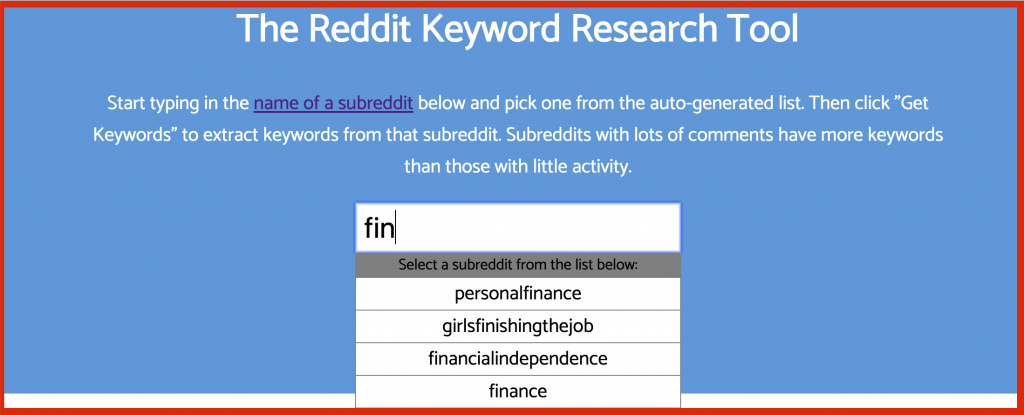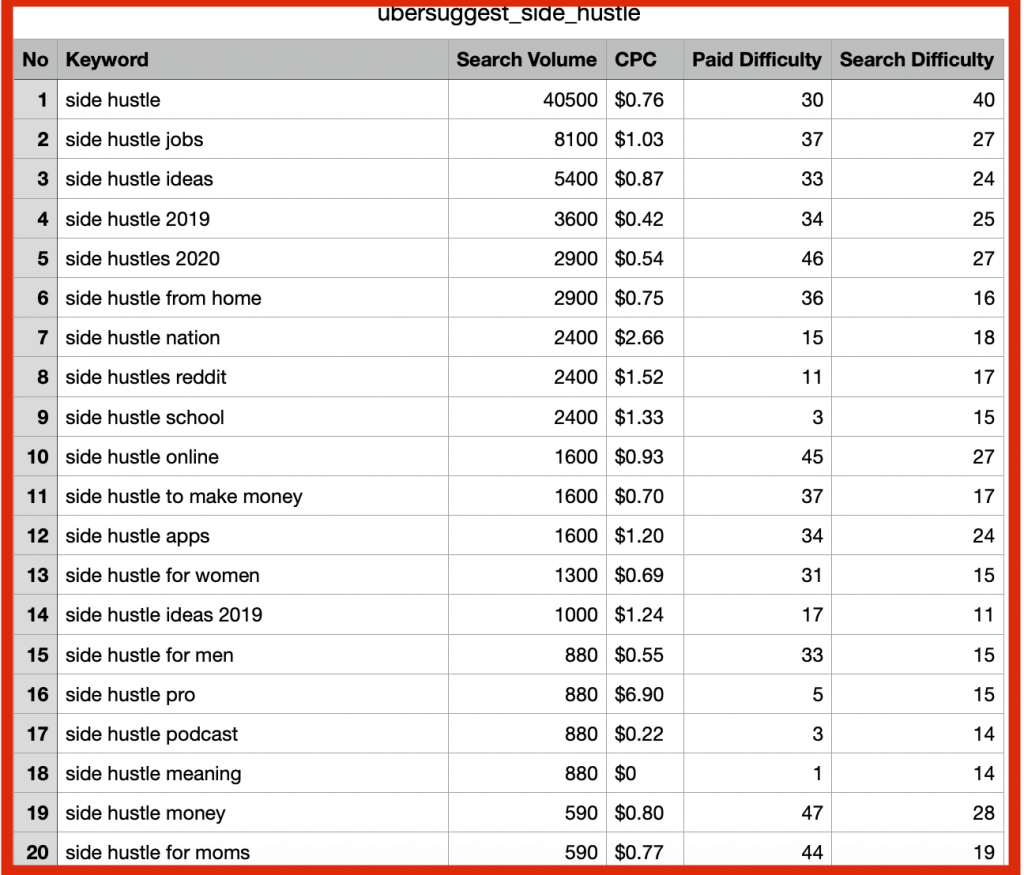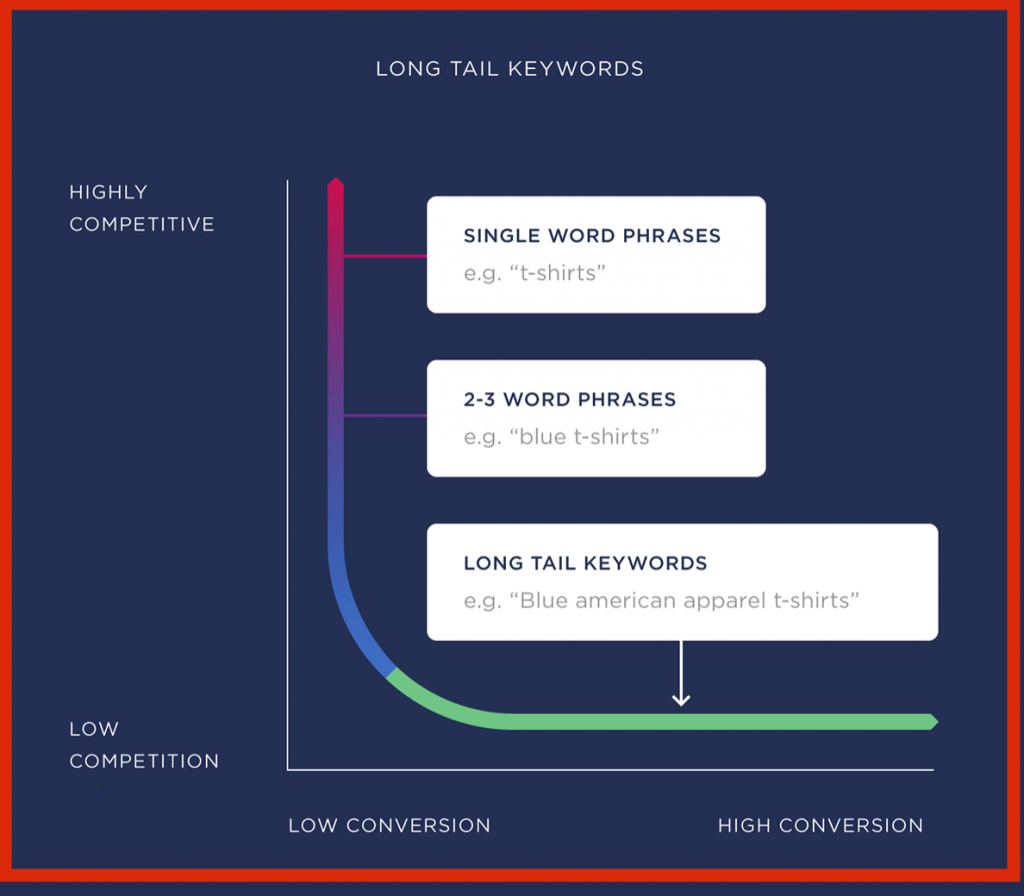Anyone can start a blog or a website these days.
But not anyone can drive steady and free search traffic without actively promoting or advertising the content.
When I Googled “how to get traffic to your website or a blog” I was surprised by what I saw in the 1st of Google 😳
It’s full of short-term blog traffic advice like “Create viral content”, “Write regularly”, “Join social media groups” and blah blah.
… this is exactly the type of advice that keeps people away from real blog growth!
When I first started a blog, I had no clue about how to run a successful blog.
I just copied what other successful bloggers were doing, and tried to follow their advice, something like this:
- Publish often ⟶ so I published 3 posts a week
- … but my articles rarely got more than 9 shares
- … and almost no-one read or commented on my post
Why short-term traffic acquisition is bad for growth?
You should stop using short-term tricks to drive long-term growth!
Yes, you can get lucky spikes in traffic every now and then by following short-term advice (like promoting on social media, etc), but you won’t get any real traction with your blog.
Why?
Because once you stop promoting your content, your traffic will die. That’s not how growth works!
You want to get traffic to your website while you sleep 24/7, not only when you promote your content.
I call SEO traffic passive traffic that you get without having to actively promote your content all the time.
This is the type of traffic you can get when you rank on the 1st page of Google for your target keyword and your article is so damn good that people can’t get enough of it.
According to strategic tech marketing consultancy Epitomise, only 0.78% of Google searchers click on something on the second page. If you want to achieve a click-through rate of over 5% for your organically presented search results you will need to be in at least SERP position 5 or better.
For years, this is how traffic to every article I published on my blog looked like for years.

This spike happens because I sent this new article to my email list and shared it with my Twitter and Facebook followers.
Do you see a problem with this kind of traffic acquisition strategy?
This type of traffic quickly fades to nothing as soon as you pull the plug on your content promotion machine.
And what you get as a result is the so-called Flatline of Nope (the credit for this funny term goes to Rand Fishkin)
This type of strategy means that you only get traffic when you actively invest your time and effort into publishing new articles and promoting them in every way you can.
Also, the people who see your articles will mostly consist of the people who have visited your blog before, so you are not really growing your blog.
For your blog to grow, you have to be reaching new audiences all the time.
And this is where the search traffic from Google kicks in.
The compound effect of SEO content: how to drive passive traffic to your blog
If I could choose only one skill to learn within the field of SEO marketing, it would be how to create SEO content.
That’s because a page can’t rank without content.
If you want to be a successful blogger, you need to learn how to drive passive consistent traffic that doesn’t fade over time.
So, here’s how your analytics graph should look like if you make your efforts add up.

This way every single article that you publish adds up to the total traffic of your blog regardless of whether you promote it or not.
This is called ‘Compound Effect of Content Marketing’ and many bloggers overlook it when coming up with their traffic acquisition strategy.
Compound effect of digital marketing principle means that even if you stop publishing new articles for a while all your progress won’t fade to nothing; it will stay exactly where you left it or maybe even grow a bit.
So instead of teaching you how to get immediate traffic to your blog fast, (which btw isn’t a bad technique, it’s just short-lived), I want to teach you how to write SEO-optimised content that will bring you consistent free traffic for years.
But let’s start with basic definitions …
What is SEO content?
SEO content is content that is created to rank high on search engines (like Google) and as a result, drive search engine traffic.
SEO content is optimized around specific keywords that people are searching for.
SEO keywords are keywords added to online content to improve search engine rankings for those pages.
Today, I want to focus on how to do SEO keyword research to create effective SEO content that brings you targeted search traffic for years.
How to write SEO optimized content
SEO optimized content starts with the keywords you want to target in your article.
Google is the single best way to get a consistent flow of new readers to your blog.
But if you are writing about things that no one is searching for, then don’t expect traffic or growth.
The biggest mistake newbie bloggers make is that they write articles about things no one is searching for in Google.
How to find what your audience is searching for on Google?
The first call to action is to use common sense and brainstorm keyword ideas.
Ask yourself: What words and phrases my audience may use to find my content?
You need to write about things that people are actually searching for on Google, which is why keyword research is such an essential part of any serious blogger or an online business owner.
What is SEO keyword research?
Keyword research provides you with specific search keyword data that answers the following questions:
- What people are searching for on search engines like Google?
- How many people are searching for it?
- How competitive is the search term?
How to do SEO keyword research (for free)?
Keyword research is not as difficult as people think. And it’s completely free.
To do keyword research you have to rely on a combination of free tools to put together all the keywords and topics in the Excel sheet. Read more about how to find easy-to-rank keyword ideas with phenomenal traffic potential.
With my organized step-by-step approach below, you’ll have a better chance of reviewing every keyword, without missing one that could be a game-changer for your site.
Here’s how your keyword research could look like:
STEP 1: Brainstorm keywords you want to rank for
Keyword research doesn’t start with SEO tools, it starts with you. You have to ask yourself what do you want to rank for?
You probably already have a few keywords in mind that you would like to rank for. These will be things like your products, services, or topic related to your business.
These initial keyword ideas are a great place to start and they will form your seed keyword, which you can type into any free keyword ideas generation tool (I’ll introduce them below).
Write down the primary two-word terms that are at the core of the content you want to create.
Depending on your niche, these could be things like:
- Vegan protein
- Cat food
- Personal training
- Picture frames
Then use these as your seed keywords and begin to brainstorm long-tail questions or searches people may have related to these.
NB! At this stage, you aren’t 100% sure whether people are actually searching for these, but don’t worry. You will find it by using the keyword generation tools I recommend below.
The key to brainstorming is not to limit yourself.
For example, the vegan protein might break down into:
- Best vegan protein powders
- Vegan protein sources
- Where to buy vegan protein powder
- Healthy vegan supplements
SEO keyword tools are only there to expand on your ideas, not to magically come up with words, so don’t blindly rely on them.
STEP 2: Use forum research tool Keyworddit
Forums are my favorite places to start when doing my keyword research.
Forums have a large number of people, concentrated in one place, who all have the same interests.
I call forums live focus groups – they are a perfect place to expand on the keyword ideas you brainstormed.
Forums contain an incredibly accurate example of how people talk – and therefore, search.
Keyworddit is my favorite free keyword research tool. It pulls keyword ideas from Reddit.
You don’t have to use Reddit to use that tool.
Just start entering a keyword into the search bar (as I did below) and it will automatically show subreddit options. I picked “financial independence” as it’s closely related to my blog Slasher Career.


The “Context” column link is a simple helper link that opens up a Google search of that keyword (and your chosen subreddit). This will help you when it’s not clear how the keyword might be used.
This tool gave me tons of topic ideas for my next blog posts.
But what I found extremely interesting is this:
People who want to be financially independent still want to have a part-time job 🤔
This made me curious, so I clicked on the “Context” link next to it.
Who would have known – people who crave financial independence are looking for high-paying part-time job !?
This is a very valuable insight into how people think and what they want – which gave me an idea of what I could offer on Slasher Career.

STEP 3: Use free keyword research tool – Ubersuggest
By now, you should have a big list of seed keywords you want to expand on.
Ubersuggest allows you to find more terms related to your keywords. This free tool will also show you how many people are actually searching for these keywords in your country per month.
Ubersuggest shows you the monthly volume for your 100 keywords for FREE! All you have to do is signup.
100 keywords is a great start for any newbie blogger or a business owner.
Simply input your keyword into Ubersuggest search bar, and it will extract Google suggestions based on how often users have searched for a particular term, amongst other factors.
I entered “side hustle” below:



You can ignore other metrics for the time being if you are not familiar with online advertising.
STEP 4: Use AnswerThePublic to find your customers’ questions
AnswerThePublic helps you get a deeper understanding of how people search around your topics.
It reveals questions and queries which you wouldn’t necessarily think of.
It’s also super easy to use and visually digestible.
Just type your keywords into a search bar below (like I did with “side hustle”):

NB! AnswerThePublic tool doesn’t allow you to see keyword volume for these questions, but you can easily use Ubersuggest to check for these.
STEP 5: Pick the winning SEO keywords to target
You brainstormed some initial keywords yourself – CHECK!✅
You discovered more keyword ideas on forums – CHECK! ✅
You stumbled upon long-tail questions you’d never thought of thanks to AnswerThePublic – CHECK!✅
You used Ubersuggest to expand on your keyword ideas and get keyword volume – CHECK!✅
You have a massive list of keyword ideas in Excel.
What now?
How do you know which keywords should you target first?
You should start by targeting long-tail keywords that have a considerable/average amount of volume but a low competition (you can this by search difficulty score in Ubersuggest).
Many people struggle with SEO because they target keywords that are WAY too competitive.
They want to rank for super competitive search queries like “weight loss” or “keto diet”.
The problem with these highly valuable keywords is that it’s difficult to rank for them. It may take you years to appear on 1st page of Google.
The smarter way to start is to target long-tail keywords.
What are long-tail keywords?
Long-tail keywords are long (usually 4+ word) terms that searchers use in Google and other search engines.
Why long-tail keywords?
They tend to have a lower keyword difficulty compared to 1-3 word “head terms”. So for people that are new to SEO, long tails are usually the best keywords to start with.
PS! Don’t worry if you can’t find ‘Search difficulty’ for all the keywords you put together. Just don’t target the 2-word keywords with tens of thousands of monthly volume. It is likely there is a lot of other businesses that are competing for those terms, too.
This doesn’t mean you can’t rank for them, it just takes a lot of time to rank (even years).
USEFUL & FINAL FACT: Once you rank for medium competition keywords (0-30 search difficulty score), it will be easier to rank for the more difficult and valuable keywords.
KEEP LEARNING:
CASE STUDY: How to Find Undiscovered Keyword Ideas with Phenomenal Traffic Potential [5 SHORTCUTS]
How to Create Objectively Remarkable Content That Promotes Itself
7 Fastest Ways To Get 1000+ People to Your New Blog [UNBEATABLE STRATEGIES]
![How to Get Consistent SEO Traffic to Your Website [That Compounds Over Time!]](https://slashercareer.com/wp-content/uploads/2020/05/how-to-get-traffic-to-your-website-940x385.png)




Leave a Reply